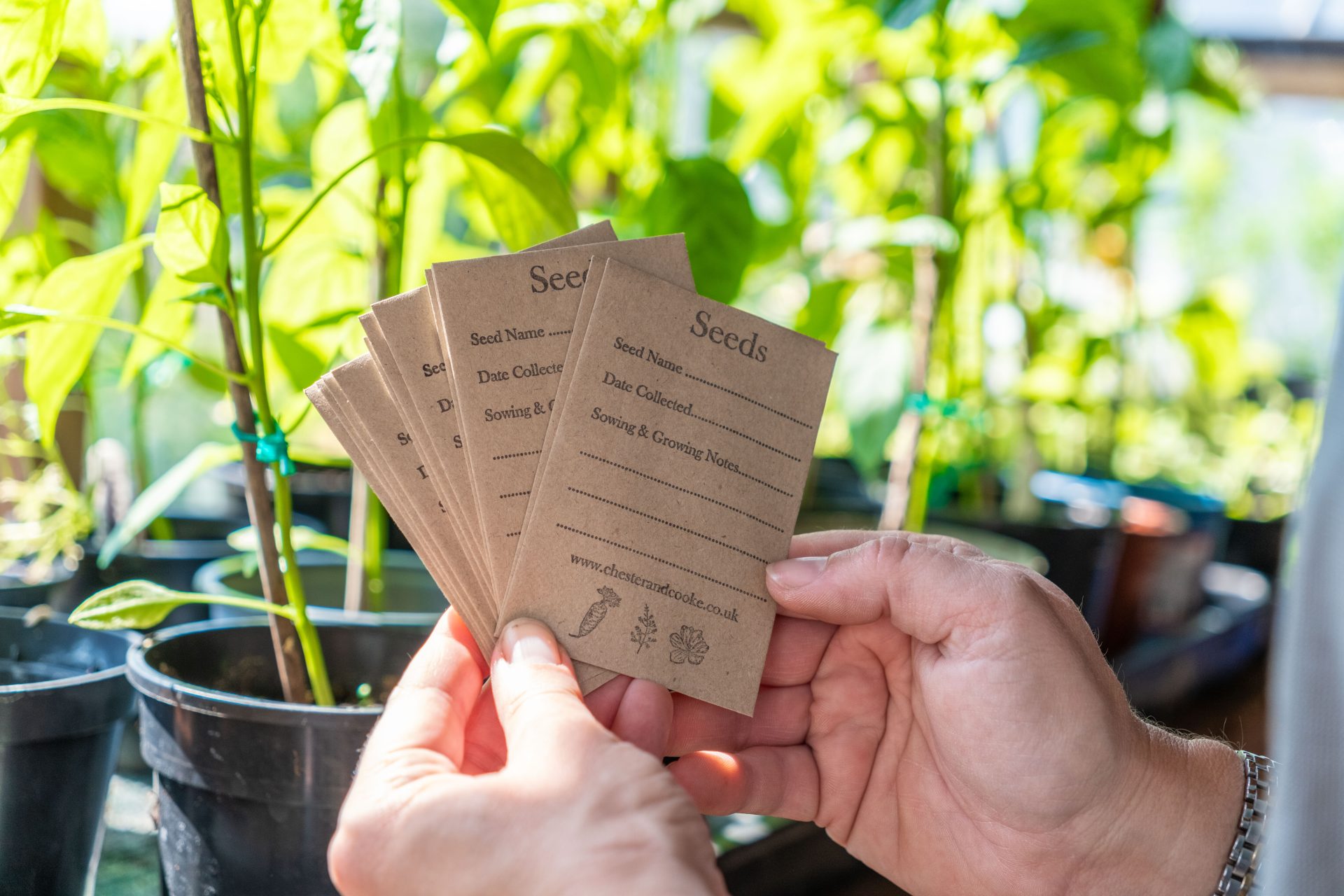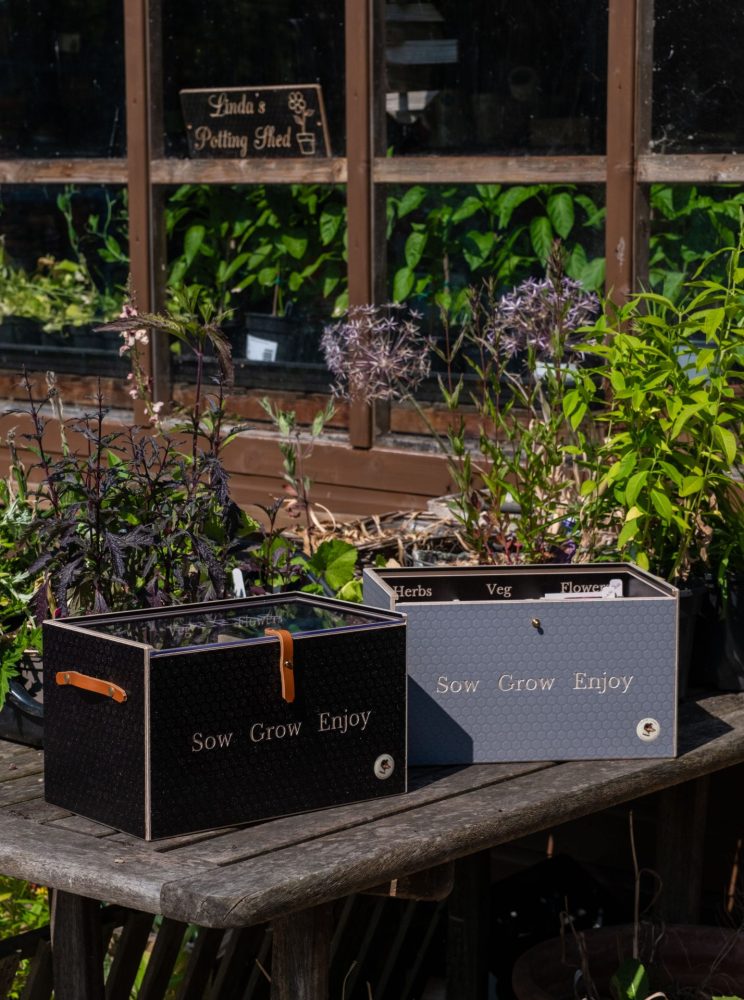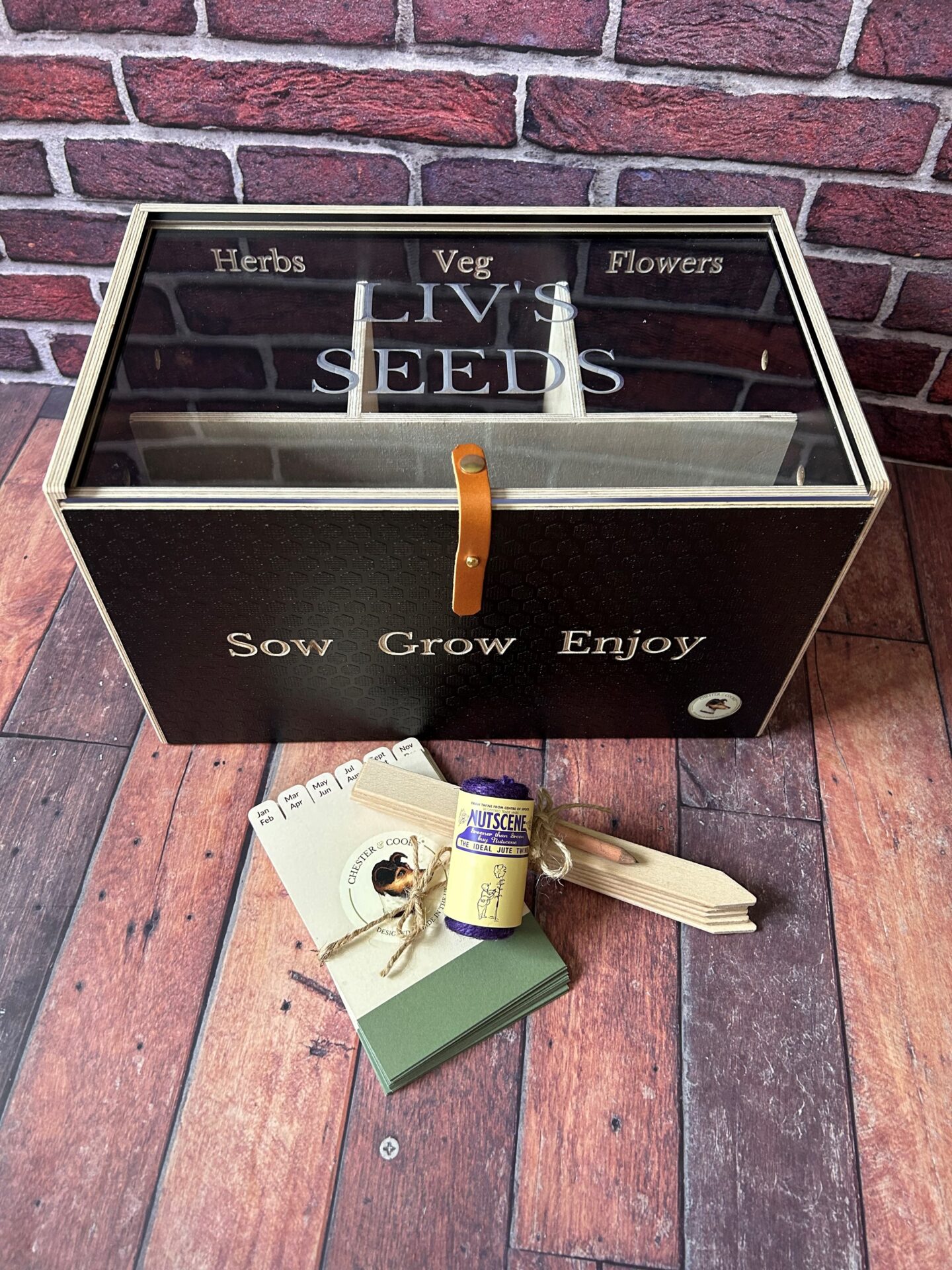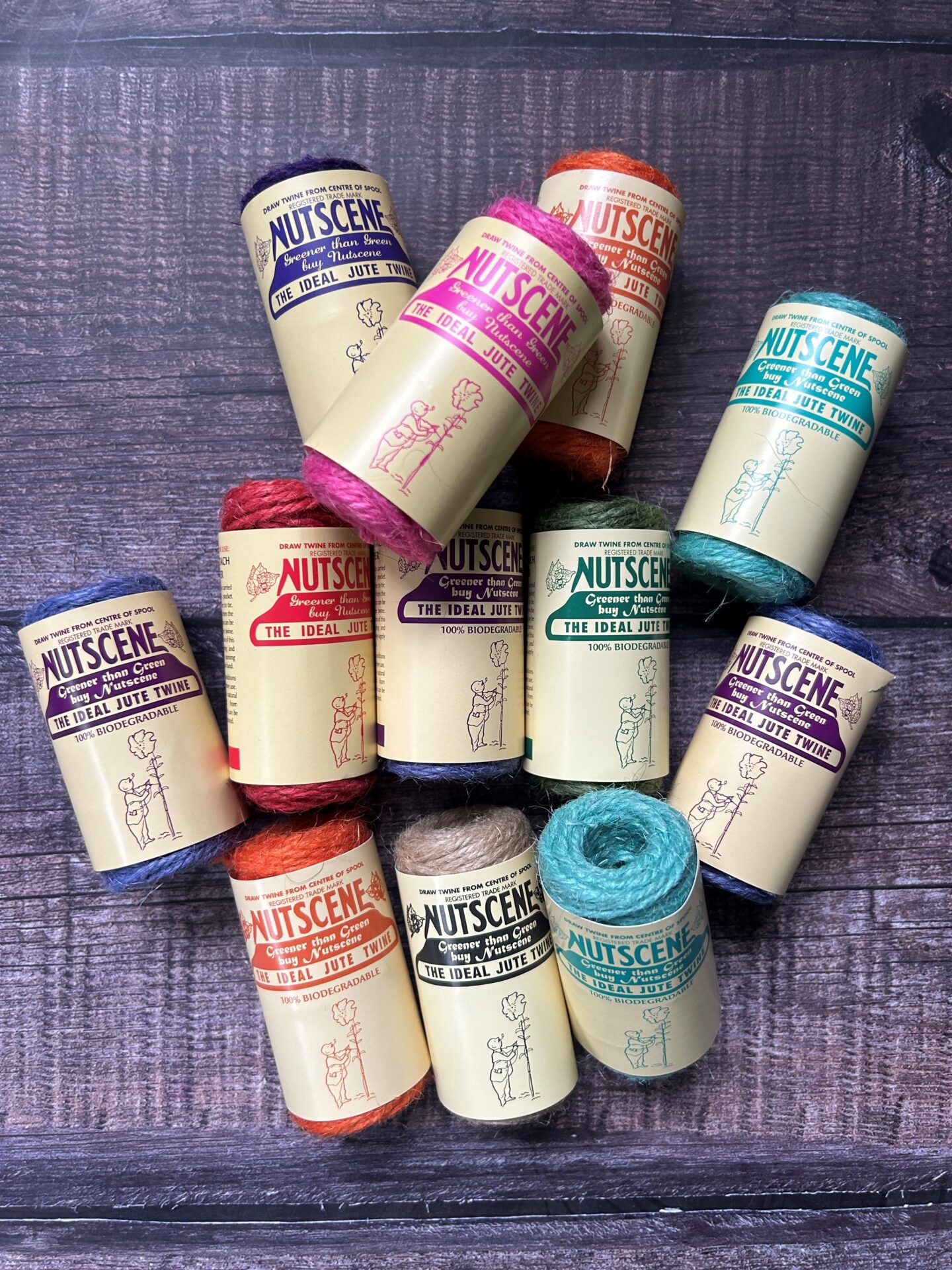Gardening
Gardening Jobs for July
Well what gorgeous weather we are having. Although I think we are all crying out for rain, to fill our water butts again. July is usually a busy time for gardeners in the UK as the weather is typically warm and plants are in full growth mode. Here are useful tips for gardening jobs for July including seed harvesting and my different type of seed organiser box gift sets to get your organised and storing your seeds in a box you will treasure.
Watering Is a definite gardening job for July
As the weather gets warmer, it’s essential to water your plants regularly, especially containers and newly planted ones. Water deeply and early in the morning or late in the evening to minimise evaporation. Refer back to my blog for June to read about watering systems.
Remember if you are going away on holiday to get prepared early, it is devastating to come back to a garden where all your plants have died due to lack of water. Asking friends or neighbours to water or preparing yourself with watering systems is a good idea.
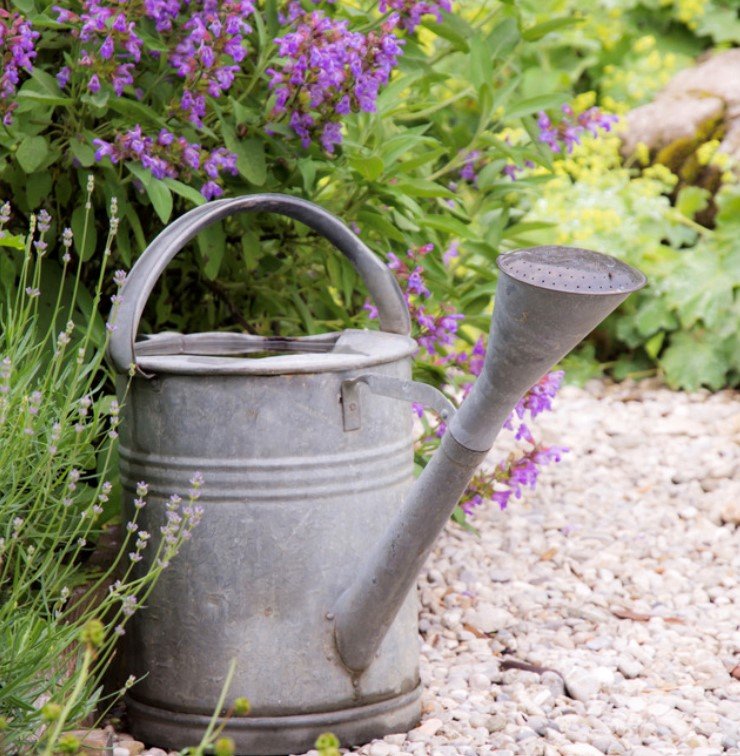
Weeding – a constant job
Keep up with regular weeding to prevent unwanted plants from competing with your desired plants for nutrients and water. Be careful when weeding around delicate plants to avoid damaging their roots.
Deadheading and pruning
It’s time to start removing faded flowers (deadheading) from flowering plants to encourage new blooms and extend the flowering period. Prune back summer-flowering shrubs and hedges that have finished blooming to maintain their shape and encourage healthy growth.
Harvest time – you have Sown, you have Grown now it is time to Enjoy. That’s my Chester & Cooke Moto – Sow Grow Enjoy
My Moto is on the front of my seed box.

July is a great time for harvesting many fruits and vegetables, such as strawberries, raspberries, currants, peas, beans, courgettes, and early potatoes. Regularly check your plants and harvest them when they are at their peak of ripeness.

Seed harvesting – now this is an exciting gardening job for July
Growing plants from seed is not only easy but also economical. Once you have the method perfected you will have a cost efficient way of keeping your garden full of beautiful flowers year after year. Harvesting your seeds gives an opportunity to preserve your plants ready to sow them again next year or you may like to share them with friends and family .
When blooms begin to fade most flower seeds are ripe for picking. Seed harvesting should be done on a dry and sunny day. Once seedpods have changed from green to brown and can be easily split, you can begin collecting flower seeds. Many people choose to gather seeds while deadheading plants in the garden.
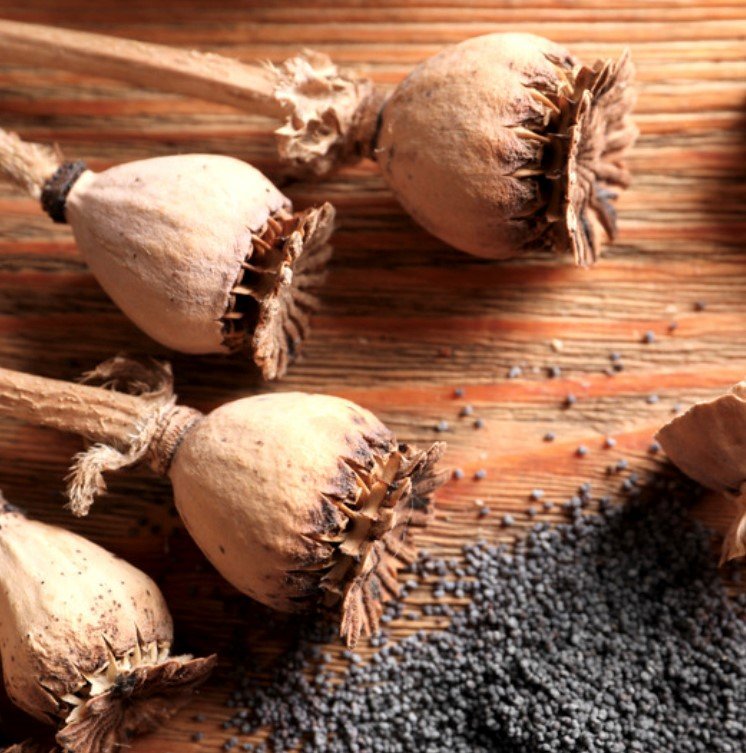
Make a note of which plants have been the most healthy and gave the strongest blooms. These are the best plants to harvest seeds from.
Get prepared with paper bags, clean and sharp secateurs. At this point the dead head of seeds can drop its seeds in an instant. Place the bag over the seed head before you cut the pods or seed heads from the plant, making sure to hold the opening of the bag tightly around the stem. This way the seeds wont be lost. You can now turn the bag the correct way up. Give the seed head a shake to release all those precious seeds into your paper bag.
Label all of your bags so that you do not forget which seeds are which. It is important to use only paper bags, as seeds can spoil in plastic. Once you have collected your seeds, you can spread them out on a screen or a piece of newspaper and dry them at room temperature for a week.
Get your Seed Harvesting envelopes at the ready and store them in a seed organiser box
It is best to now store your seeds in paper seed envelopes. This is a great way to store dry seeds. Label all envelopes accordingly, making a note of the plant – height, colour and spread, preferred soil and sun conditions and perhaps anything else you observed, such as a better or preferred position in your garden.
You can purchase seed envelopes here.
If you don’t already have a seed organiser box to store your seeds you can check out our seed boxes Here.
I have 2 gardening gift sets, including the seed organiser box.
My 1st set you can choose from a grey or brown seed organiser box which also includes, front divider cards, a pack of 3 sets of the middle divider cards and also the seed harvest envelopes. A set perfect for the gardener needing to get organised and a seed harvesting enthusiast. You can shop for them HERE – starting at £88
My 2nd Seed organiser box gift set, includes the box again a choice of grey or brown, and an option to personalise. It also includes a set of middle diver cards, a pack of wooden seed labels and a gorgeous little spool of twine. (colours will vary). Again starting at £88 you can purchase them HERE.
Gardening jobs for July – Feeding and fertilising your plants
Provide regular feeding to your plants with appropriate fertilisers. Apply a balanced liquid fertiliser or use organic options like compost or well-rotted manure to replenish nutrients in the soil.
Fertilizing plants: how to give your flowers and foliage a boost is a great article if you need help of where to start with feeding your plants.
It’s time to watch out for those Pests & diseases and take action.
Let’s look at how to keep slugs away from Hosta’s. Slugs love a humid environment. Therefore, you need to make the area around the Hosta’s less humid and thus reduce the slug activity.
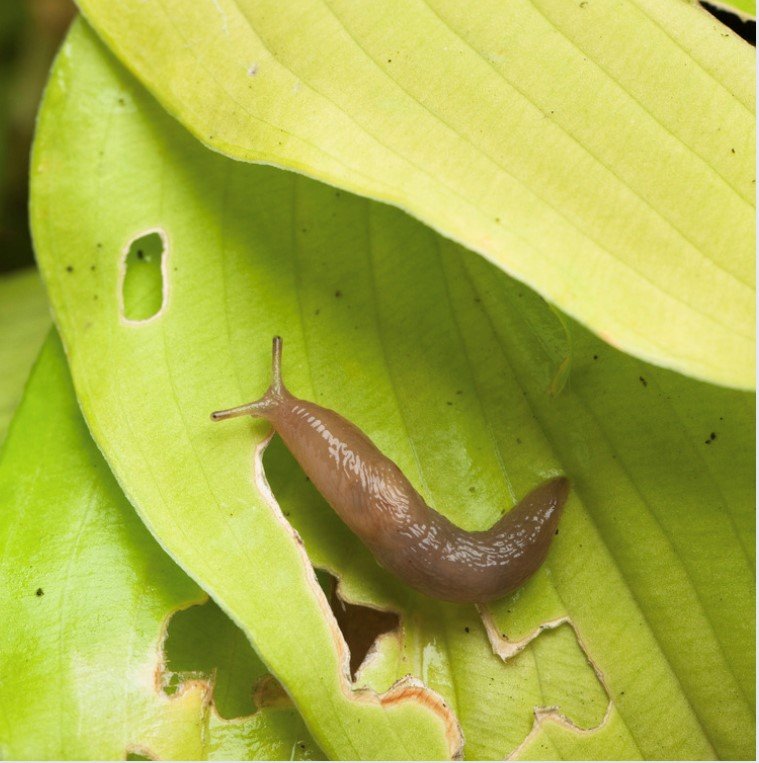
To achieve this, water the Hosta’s only in the morning. During the day, the ground will dry out and it will be much harder for the slugs to move around. Slugs are usually most active at night.
Also, the drier the environment, the less the slugs will reproduce. These results can be achieved by using drip irrigation instead of overhead irrigation.
Always remove Hosta leaves and other debris after they have fallen to the ground. Do not let rotting debris be around your plants as not only slugs but also other pests or even diseases can multiply in this environment.
A Natural way to help prevent slugs around your plants is to create a barrier. There are quite a few ideas to try sharp pea gravel around the base, copper rings, or an inch of Vaseline around your pots. Slugs don’t like the feel of these surfaces and will avoid going over them.
You can try spraying with a garlic wash. The smell is known to keep them at bay.
The obvious solution is to take an evening bug hunt and literally handpick slugs and snails. It seems like a mammoth task, but you are also reducing the reproduction rate. So it will all help.
One of the most important gardening jobs for July is to take time to enjoy your garden
July is also a time to relax and take a step back and take a look at your achievements. Appreciate your hard work, and make the most of the beautiful weather.
Garden Signs
Why not treat yourself to a garden sign for your potting shed, greenhouse or shed. At Chester and Cooke I like to make my garden signs so you can design them yourself choosing your own wording, design, border, fixtures and more. You can shop for yours Here.
These are just a few gardening Jobs for July in the UK. The specific tasks may vary depending on your location, climate, and the specific plants you have in your garden, I hope you enjoy seed harvesting and designing your very own garden signs.
Remember you can shop all our gardening products HERE.
I hope you have enjoyed reading my hints and tips about seed harvesting and if your interested in a seed organiser box you can find them HERE.
See you again in August for more gardening jobs.



